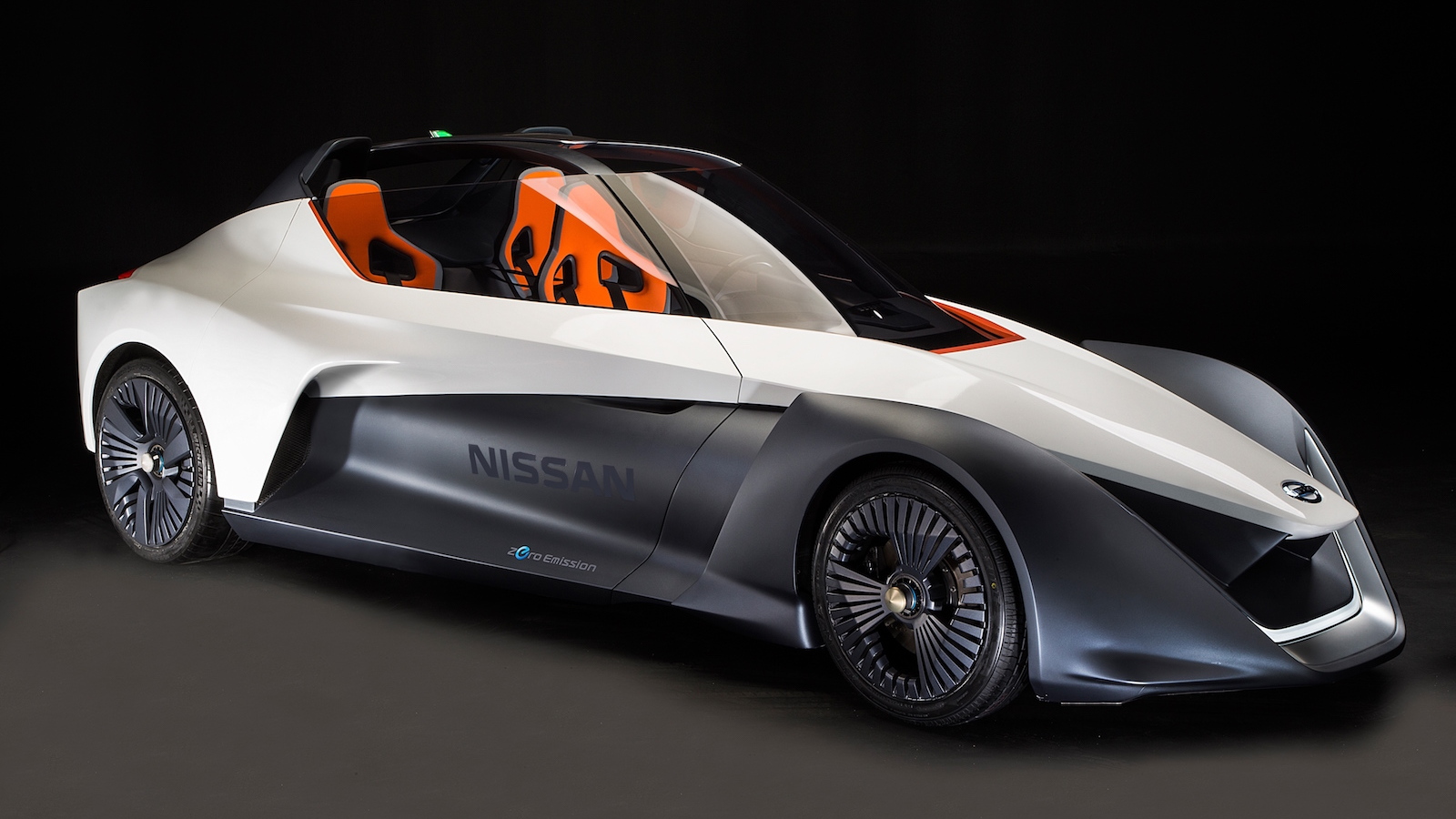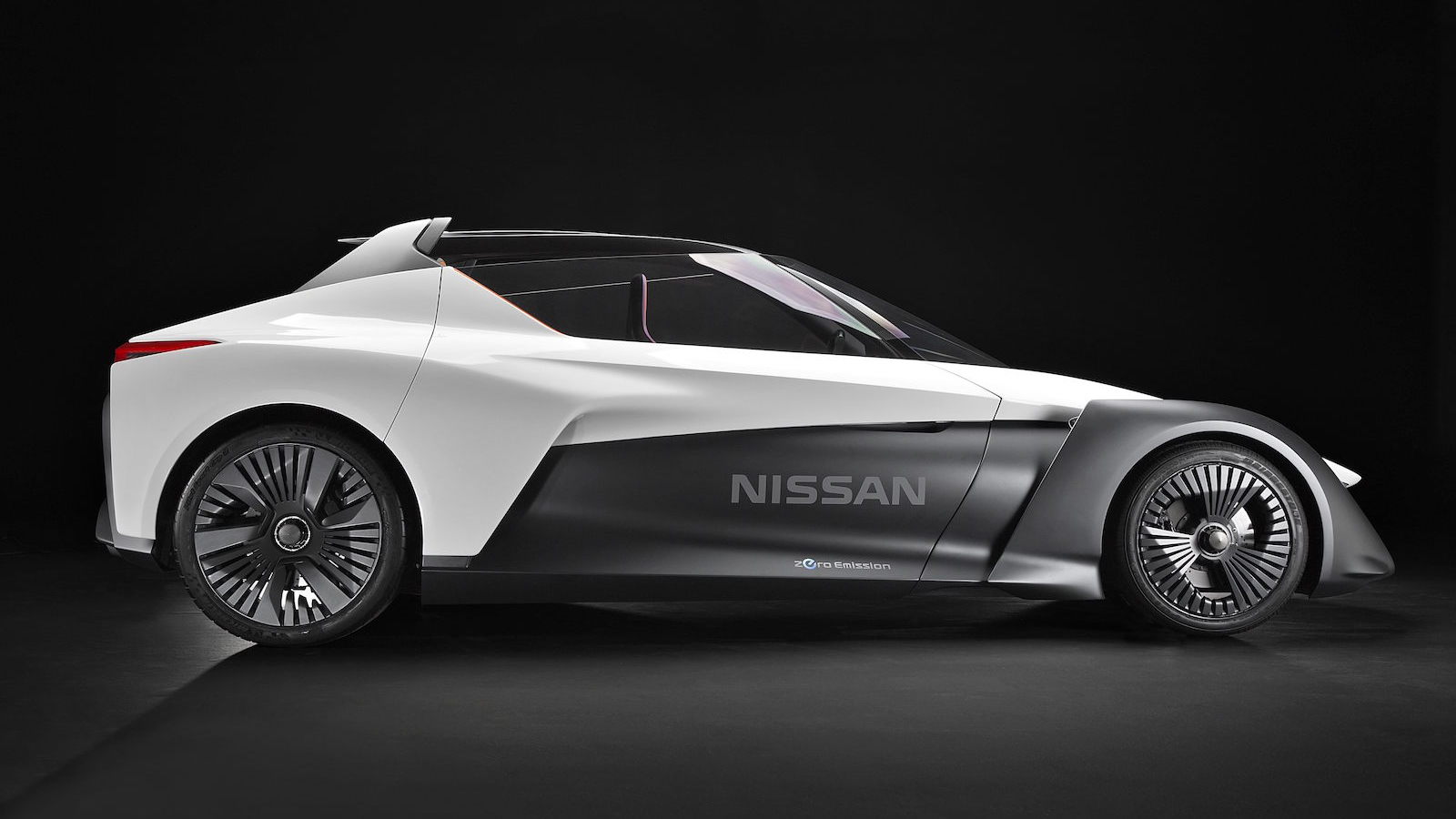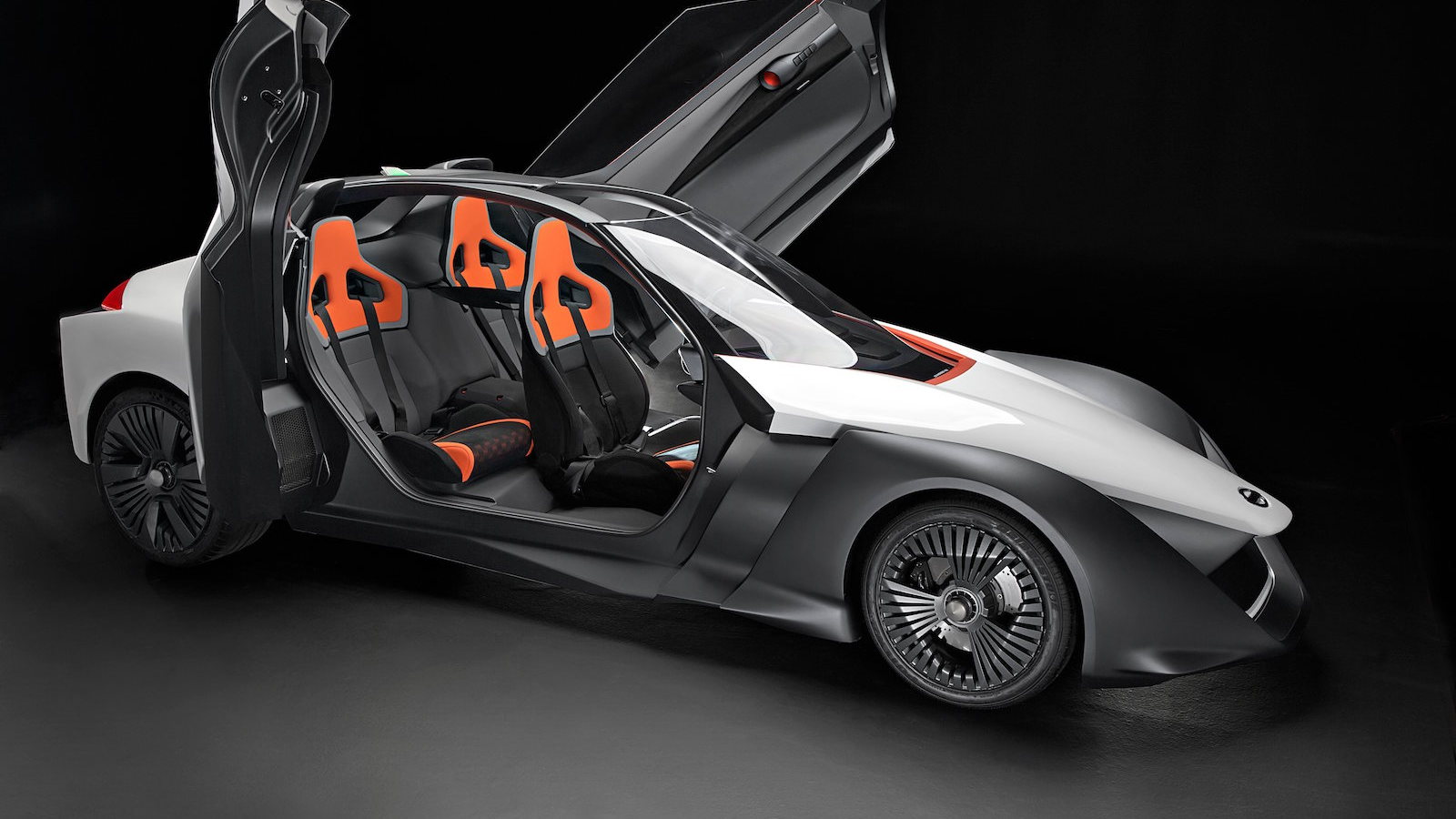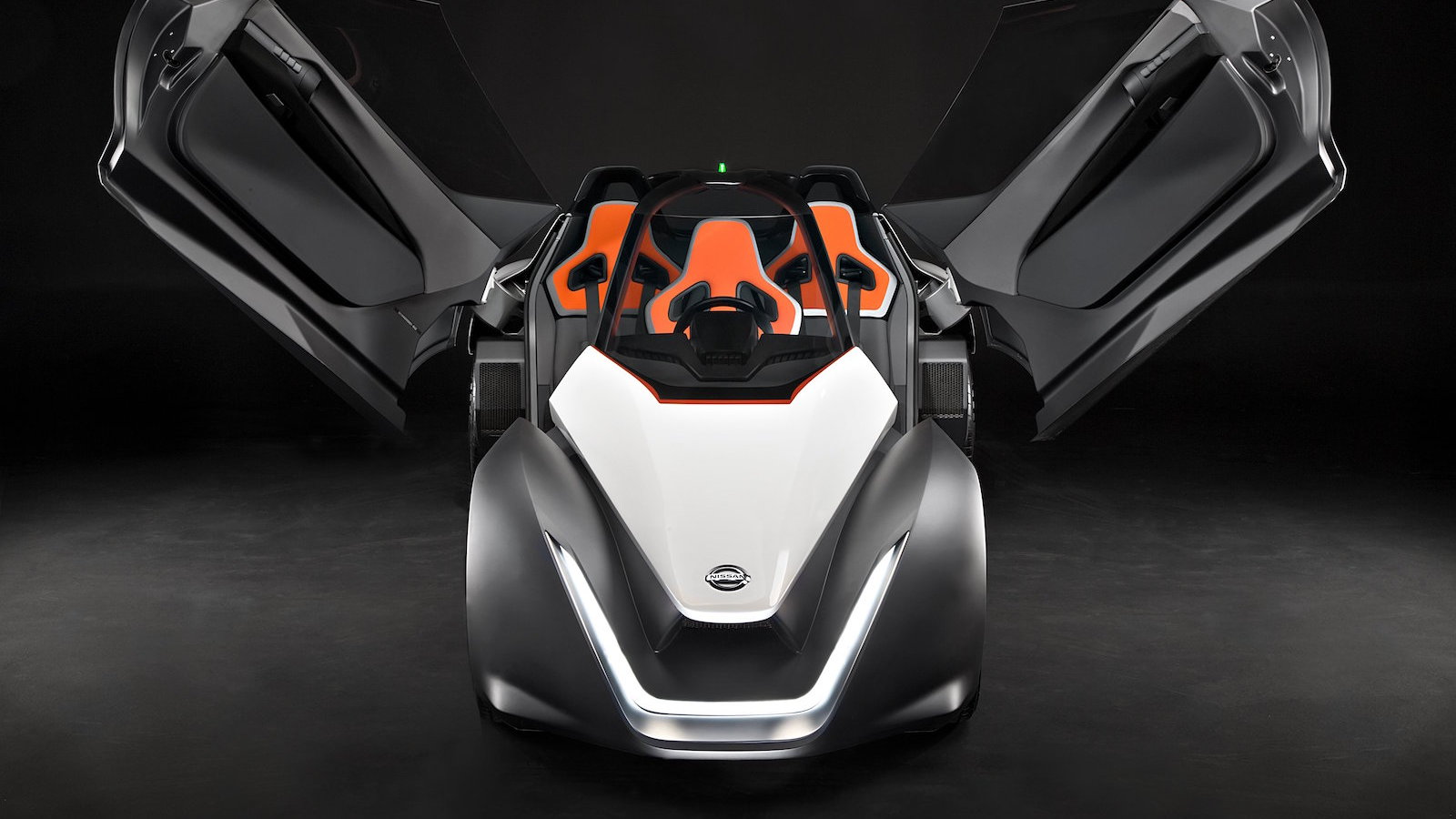Nissan unveiled the BladeGlider, an electric sports car, as a concept car at the 2013 Tokyo Motor Show. Today, the company showed two working prototypes in Rio De Janeiro, Brazil.
Like the concept, the prototypes feature a 1+2 layout for 3-passenger seating. The front end has a narrow track, while the rear end is much wider. Nissan claims this design provides aerodynamic efficiency and handling stability. The Nissan DeltaWing race car had a similar layout.
ALSO SEE: More details on mid-engine C8 Chevrolet Corvette
"These prototypes epitomize Nissan's drive to expand its Intelligent Mobility strategy, where driving pleasure combines with environmental responsibility. Nissan believes that enthusiasts should look forward to a zero emission future and Nissan BladeGlider is a perfect demonstration of that. It's the electric vehicle for car lovers," said Carlos Ghosn, president and chief executive officer, Nissan Motor Co., Ltd.
The electric power for the BladeGlider was developed by the UK-based Williams Advanced Engineering. It features a 220-kwh lithium-ion battery that feeds a pair of 130-kw electric motors, one for each rear wheel. Those rear motors also provide torque vectoring to improve handling. The torque vectoring system has three modes: off, agile, and drift.
Nissan quotes a top speed in excess of 115 mph and a 0 to 60 mph time of less than five seconds. The "Glide" in BladeGlider comes from the near-silent nature of the electric powertrain and the car's aerodynamic shape.
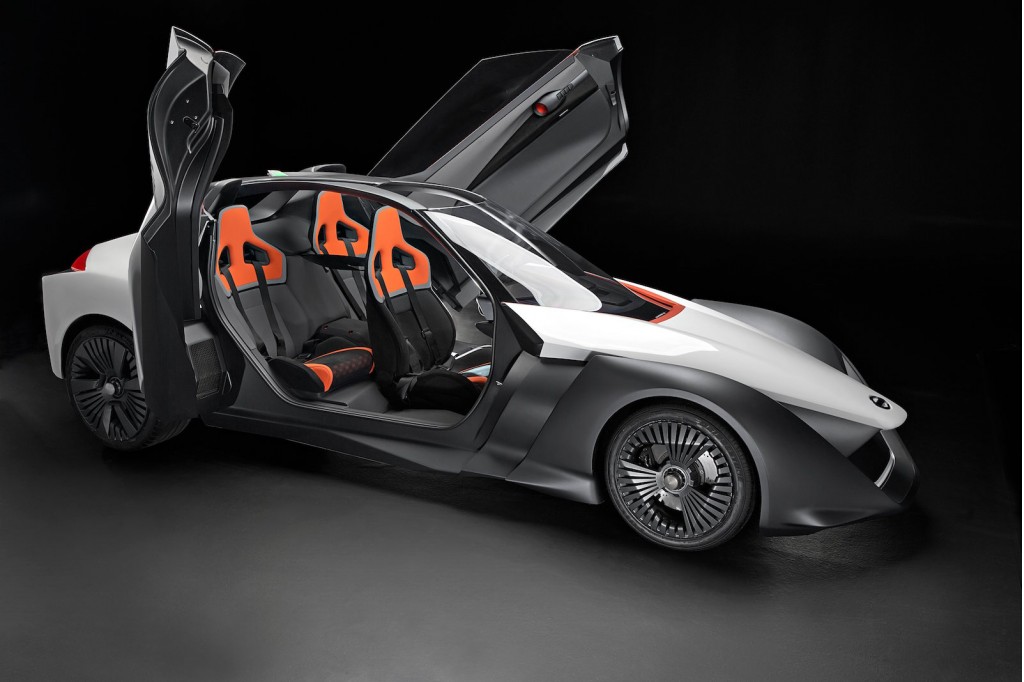
Nissan BladeGlider
Drivers and passengers access the interior via a pair of dihedral doors They sit in an open cockpit that is protected by an integrated roll-over structure.
The driver sits up front and controls many features through the steering wheel, which has a small, integrated screen that shows speed, state of battery charge, regeneration mode, and a torque map. On either side of the steering wheel are two more screens that show images from rear-view cameras mounted behind each front wheel. Nissan says this is an alternative to side mirrors that improves aerodynamics.
Each occupant has a 4-point safety harness and the seats are trimmed in a blend of fabric and epoxy resin coating, a grippy material meant to keep passengers in place during aggressive driving.

Nissan BladeGlider
Nissan will use the BladeGlider prototypes during the Summer Olympics in Rio. One will act as a static display and the other will be used to give rides to the media and VIPs.
Nissan hasn't said that it will build the BladeGlider, but these prototypes certainly show the company is thinking about this type of vehicle. For its part, Nissan says the prototypes represent the company's "on-going commitment to the development of zero-emission vehicles and new automotive technologies including autonomous drive systems and connectivity."
Should something like the BladeGlider be released, it would certainly have a roof, but the idea of an electric sports car is viable. Heck, Tesla did it eight years ago.
